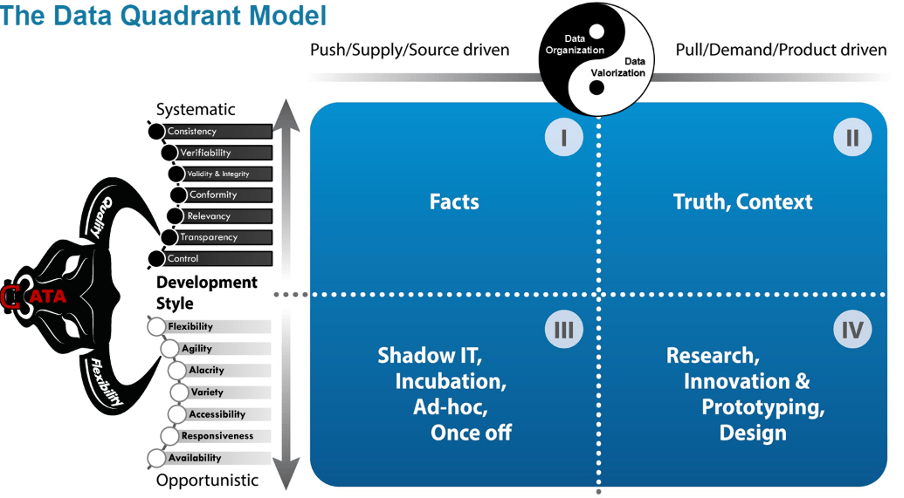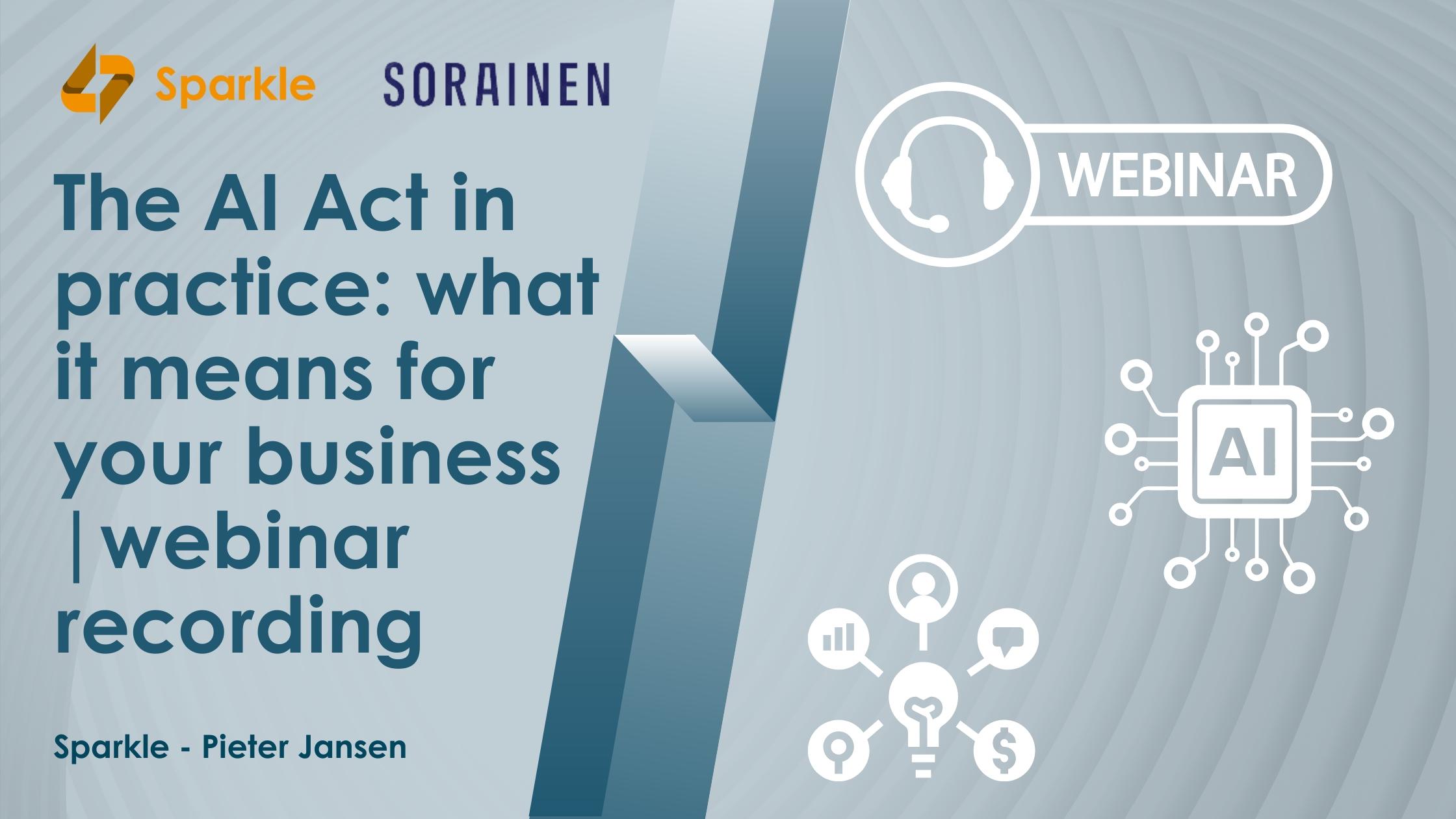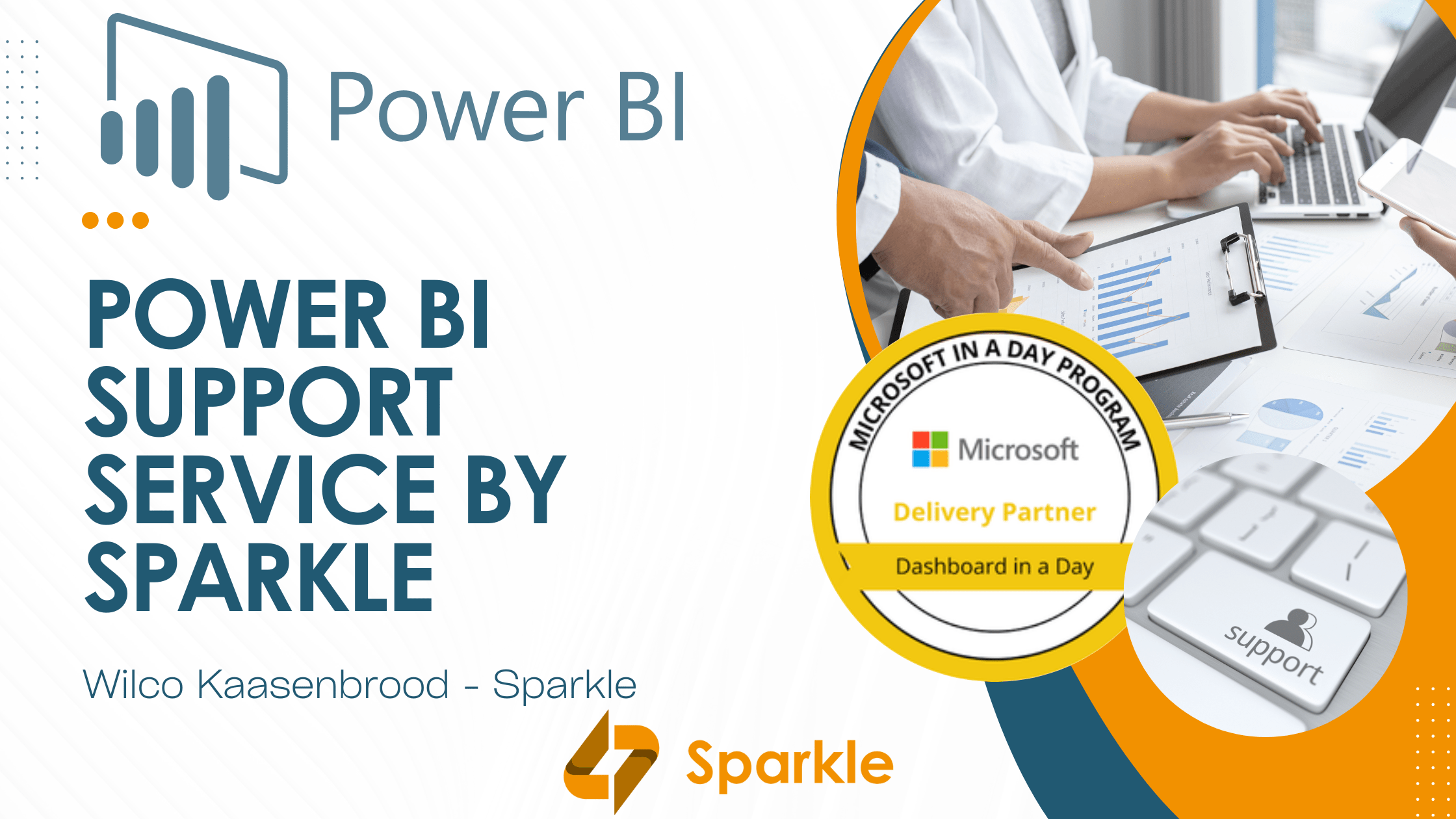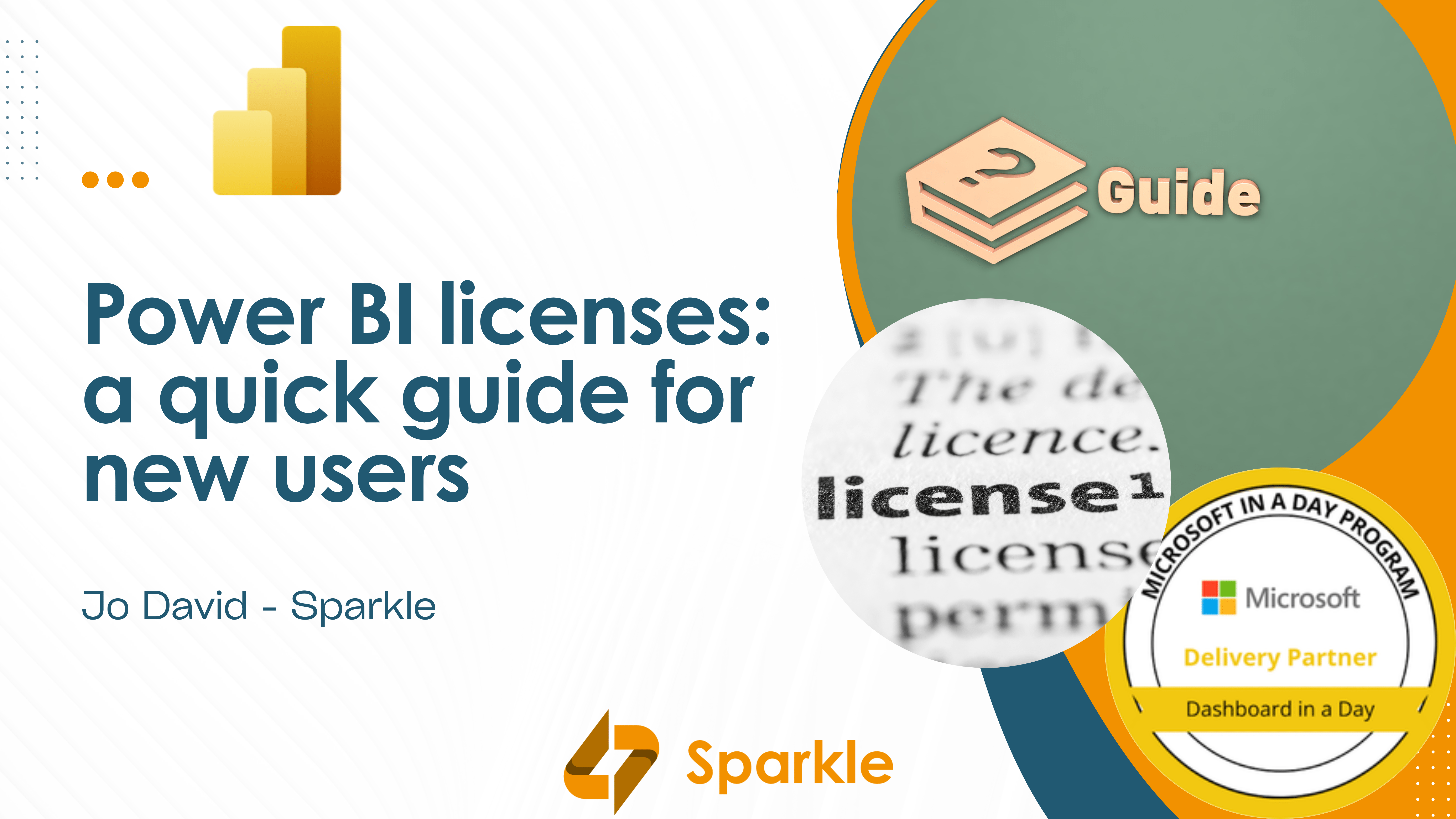To set your data strategy, you first need to understand the precise value of data and how to handle it. We had an excellent inspiration session at Sparkle with Martijn Evers. Martijn supported Ronald Damhof in developing a Data Quadrant Model. It’s a great instrument to visualize the decisions to make on a strategic level as well, and handles the aspects of quality versus flexibility (the bull) and data versus data valorization (Yin & Yang).
Make data management a live issue for discussion throughout the organization using the Data Quadrant Model
Martijn elaborated on all the aspects present in the Data Quadrant Model. Although the slide is only presenting a simple view with 4 quadrants; the poster is impressive. We touched really every aspect related to data: data inflow, outflow, data promotion, data products, data lineage and much more.
Each Quadrant has a specific purpose but it is important to understand the interaction between the different Quadrants.
Each Quadrant a specific purpose
In my opinion, the key to the Data Quadrant Model is the “Fact Quadrant”. Data in quadrant I is where you find the hard facts. Data in quadrant I is produced by highly standardized systems and processes, so it is entirely predictable and repeatable.
Quadrant II gives context to your data, the result is a data product. Technically it’s simple, but your data strategy will define the rules necessary to be available in the quadrant.
Quadrant III gathers all data in its original form with no governance, it gives flexibility and fits completely in the execution of data governance.
Quadrant IV is the playground for data scientists, and an ideal place to prepare the data product to be placed in quadrant II.
Adapt the principles of the Data Quadrant Model
This blog is much too short to explain the Data Quadrant Model, but this interview with Roland Damhof handles the details.
I can only encourage our (con)colleagues in adapting the principles of this Data Quadrant Model. It will support your work as a data specialist. Again, many thanks to Martijn for your time and excellent presentation. We all appreciated the enthusiasm in explaining this interesting topic.







